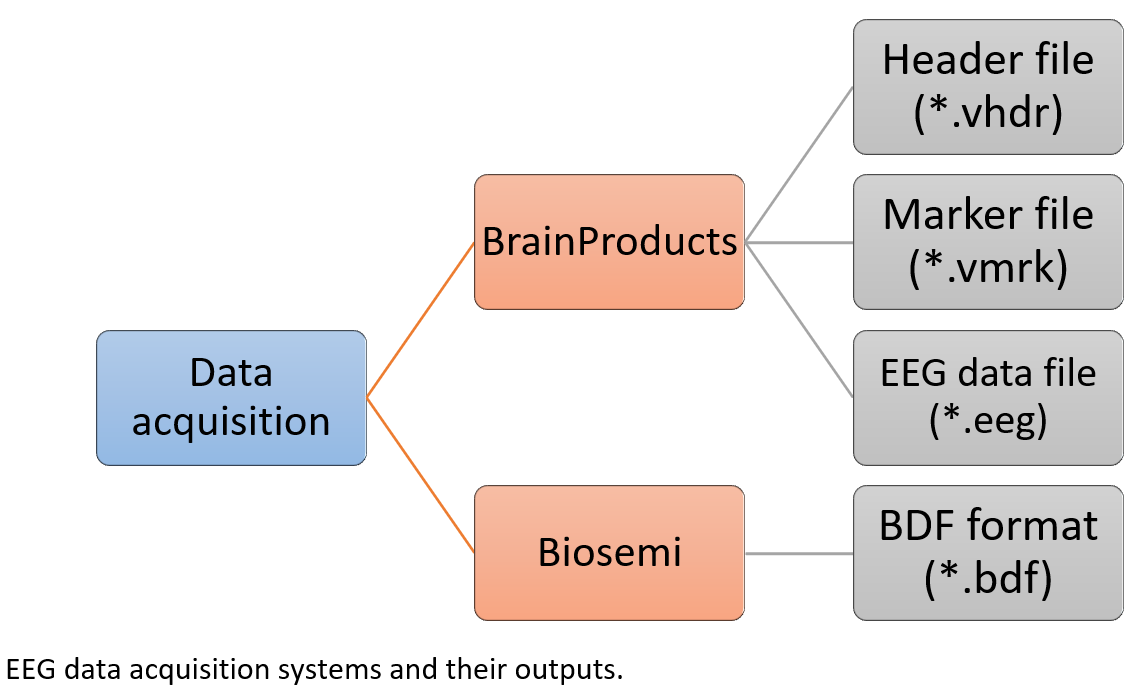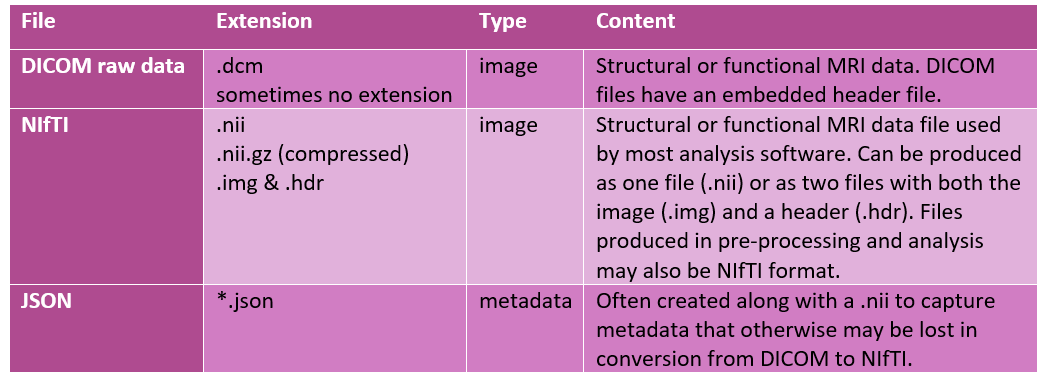ActiveTwo / ActiView file format. ActiView data files are stored in a format known as BDF, which is an open, documented file format patterned after the European Data Format (EDF). Both are supported by many signal analysis software tools. In fact, the only substantive difference between BDF and EDF files is the fact that the EDF data files have 16 bits per data sample, while the BDF data files have 24 bits per data sample. The BDF file format is supported by a wide variety of signal analysis software tools, including EMSE Suite, BESA, g.BSanalyse, EEGLAB, BIOSIG .
The 24-bit file format has the practical consequence that files are slightly smaller than they would have been when stored with 32-bits. However, reading and converting the 24 bit numerical representation is slow because 24-bit is not a standard numerical representation on Intel computers. MATLAB allows for reading single bits or 8-bit values from a file, which can be used to construct the 24-bit value, but this process is also very slow. To speed up the reading, FieldTrip uses a .mex file that reads the 24-bit values and converts them to a 32-bit representation.

BrainProducts file format. Brain Products uses the BrainVision Core Data Format. It is recognized by the BIDS framework as one of the official EEG/iEEG data formats and consists of three different files (i.e. every EEG recording will yield three different files). These include a header file (*.vhdr) containing the different recording parameters and additional meta-information in text format, a marker file (*.vmrk) containing the events recorded during the session in text format, and a binary raw EEG data file (*.eeg) containing the recorded EEG data, plus additional signals. All files will have the same base name (given at the start of recording).

The high sampling rate of EEG data (typically 1-5 kHz, i.e. 1000-5000 Hz) has the consequence that files are much larger than with most acquisition systems. That means that for processing EEG files, you typically will need a computer with more than the standard amount of RAM. After reading the data in MATLAB memory, a common procedure is to down sample it to reduce the sampling rate to 500 Hz (using the ft_resampledata function in FieldTrip). This will make all subsequent analyses run much faster and will facilitate doing the analysis with less RAM. However, it is important to filter the data using a low-pass filter of at least half the desired sample rate (e.g. 250Hz) or lower to avoid aliasing (see Nyquist theorem for more information). EEGLAB in MATLAB and MNE-python do this step by default when you use the respective toolbox resample function, however, FieldTrip does not.
MRI Data
Structural magnetic resonance imaging (MRI) scans are often made of participants to aid localization. Should a researcher not have access to a scanner, scaled templates can be used for localization, however, structural scans are preferable. A cortical mesh can be constructed by using the normalized structural scan and coregistering the EEG data according to the fiducials (Henson et al., 2019). As stated previously, some studies may also combine both EEG and fMRI. Thus, it is important to also have some basic understanding about these forms of data as well. For a more thorough introduction to (f)MRI data, please see our guide on the topic.
The raw data which is taken directly from the scanner is typically extracted as DICOM files. DICOMS entail a very high volume of data. Thus, one should ensure that the password-protected, encrypted hard drive used for transferring files from the scanner to Lagringshotell is large enough to account for this. DICOMS must be converted to NIfTI files, which is the format used by most modern neuroimaging analysis software. DICOMS may need to be sorted and re-named prior to conversion to NIfTI. Some conversion applications will automatically create a single NIfTI file from the DICOM images (.nii), while others may offer a two file option with an image file (.img) and a header (.hdr). Alternately, JSON files can be created by some programs to supply metadata that may be lost in DICOM conversion. These .json and .nii or nii.gz (the compressed version of NIfTI) are required by the BIDS protocol.
